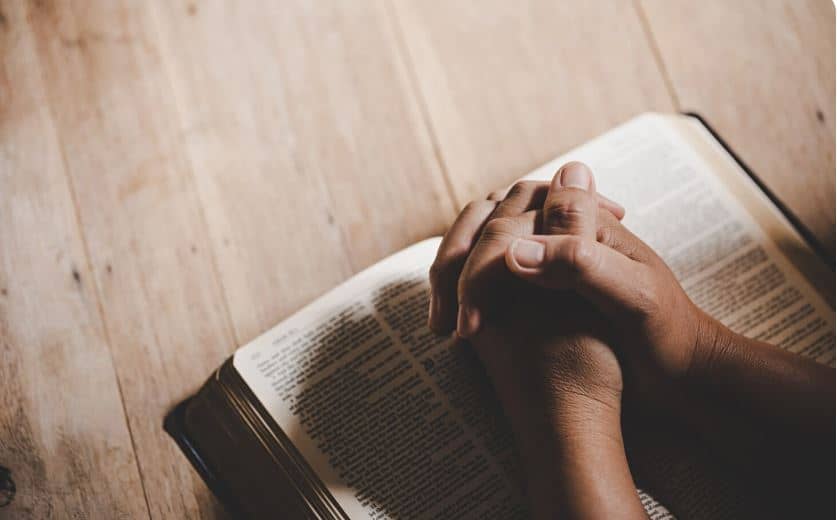Unbeknownst to many Christians, the Last Supper of Jesus and his followers – recalled during the Holy Thursday liturgy – presents scripture scholars with one of the most perplexing problems in biblical studies: When was Jesus of Nazareth actually crucified?
The problem arises from a discrepancy in the New Testament texts: Whether the Romans crucified Jesus on the first day of Passover, as the Synoptic Gospels of Matthew, Mark and Luke say; or on the Day of Preparation before Passover, as the Gospel of John explicitly says.
The Synoptic Gospels insist that Jesus ate his last supper with his followers on the Day of Preparation when the Passover lambs were sacrificed in the temple and was crucified the following day – that is, on the first official day of Passover.
“On the first day of the Feast of Unleavened Bread, when they sacrificed the Passover lamb, his disciples said to him, ‘Where do you want us to go and prepare for you to eat the Passover?’” (Mark 14:12 = Matt 26:17 = Luke 22:7)
According to this account, Jesus and his friends ate a Passover meal at the same time as everyone else in Jerusalem – on the evening of the Day of Preparation.
On the other hand, the Gospel of John says explicitly that Jesus was crucified on the Day of Preparation, when all the lambs were ritually slaughtered within the Court of the Priests, located in the Temple complex.
“It was preparation day for Passover, and it was about noon. And [Pilate] said to the Jews, ‘Behold, your king!’ (John 19:14, 31, 42)
Adding to the confusion is the fact that John nowhere alludes to Jesus’ final meal with his followers being a Passover meal, although he also doesn’t say it wasn’t.
Some scholars speculate that John has the chronology correct but that the Synoptics are also right in that Jesus treated this final farewell meal as a Passover meal eaten a day early.
The ceremony in the Court of the Priests involved bringing in the Passover lambs after the daily afternoon burnt offering sacrifice, which was around three o’clock in the afternoon.
Only Jews who had been ritually cleansed in a mikveh pool, or ritual bath, were allowed to enter the Court of the Priests for this ritual.
The lambs were brought into the courtyard in large groups and placed on tables. Dressed in white garments, the priests would then ritually slit their throats in a prescribed, allegedly humane manner.
The priests caught the blood in special rounded silver and gold goblets — rounded so they could not be set down on a table. They then passed them, from one priest to another in a long line to the high altar, where the blood was poured out onto the surface.
While all this was going on, some priests were chanting the Hallel (“praise”) songs in Hebrew (Ps. 113–118) accompanied by brass instruments.
The lambs were then flayed and allowed to hang on special hooks for a brief period. After this, the Jewish pilgrims then took their paschal lambs home where they were cooked and eaten for the Passover meal that evening.
Whether or not Jesus’ Last Supper occurred on the evening of the Day of Preparation – that is, in the evening after the Passover lambs were slaughtered in the temple – it seems clear that Jesus emphasized the symbolism of this ancient rite as he gathered his followers around him.
“This is my blood,” he said, in Matthew’s account, likely holding up one of the four cups of wine used at the Passover meal, “[the blood] of the covenant which is poured out for many for the forgiveness of sins.” (Matt. 26:28–33).
If John’s chronology is correct, and Jesus was crucified on the Day of Preparation, then it means this: Jesus was hung on a Roman cross, his blood draining from thousands of gashes the Roman whips had cut into his flesh, just as the priests in the Temple were slitting the throats of the Passover Lambs, catching their blood in the golden goblets and pouring it out on the altar.
This eerie “coincidence” was not lost on early Christians.
They immediately saw Jesus as the Agnus Dei, the Lamb of God, whose blood was poured out as a sacrifice for humanity.
The evangelist John makes this explicit when he notes that Jesus’ legs were not broken by the Roman soldiers (19:36) – a reference to the Torah requirement (Exodus 12:46) that the Passover lamb shall not have any of its legs broken.
In the end, it probably doesn’t matter when Jesus celebrated the Last Supper with his friends – on the first day of Passover or a day earlier.
But sorting out these details – which is what we do in Bible study classes – helps us to appreciate what Jesus’ actions at the Last Supper, and his death the next day, meant for his friends and for us.
As John put it in the very first chapter of his gospel, “Behold the Lamb of God who takes away the sins of the world.” (1:29)
Robert J. Hutchinson is the author, most recently, of The Dawn of Christianity: How God Used Simple Fishermen, Soldiers and Prostitutes to Transform the World (Nelson, 2017). He writes regularly on the intersection of religion and culture.














